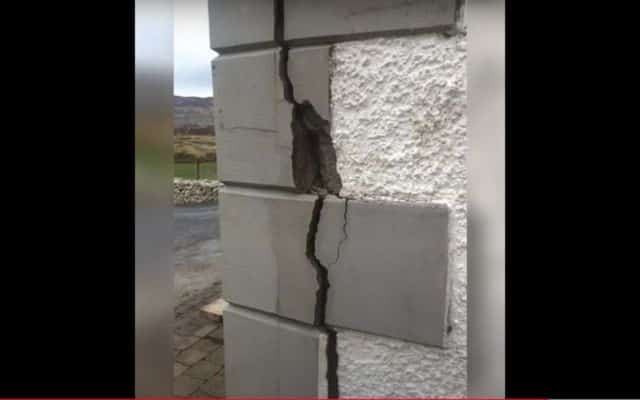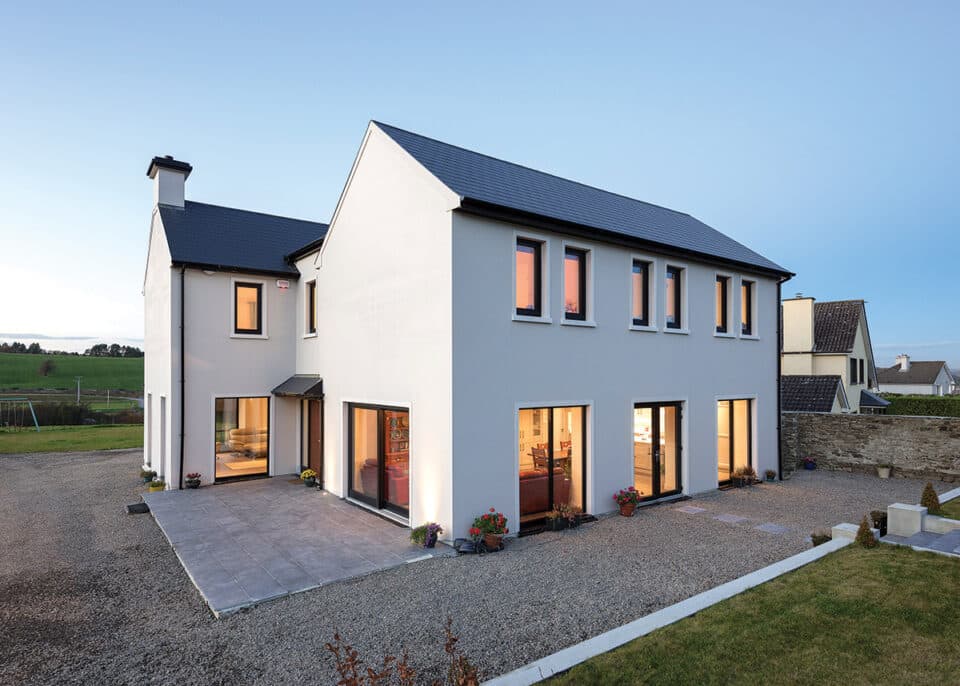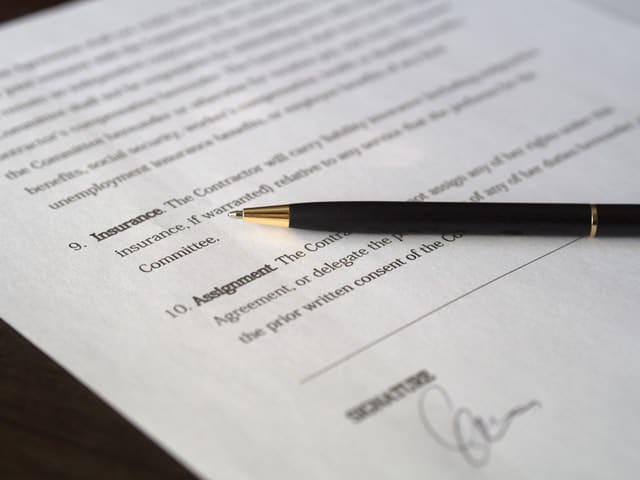In NI, your local building control officer will do a final inspection to issue your Building Regulation Completion Certificate. The Completion Certificate and the plan Approval Certificate are legal documents. You should keep these with your property’s deeds (it may be difficult to sell your house without these documents). The certificate states that the building satisfies building regulation requirements.
Once the house is built, you can apply to get the VAT back on all building work through the DIY VAT Refund Scheme. You will need all of your receipts for this. The refund is available to new builds but also for a house that has been unoccupied or unused for ten years or more, or for a conversion project.
Note that you can only claim your VAT back once the house is considered complete, which is unfortunately open to interpretation, and it can only be applied for within three months of that date. Details of how the HMRC deems a house to be complete is available through the VCONST02530 guidance document on their website.
Building control’s completion certificate should suffice but if the house was habitable before this, e.g. with fully functioning kitchen and bathroom, functioning heating system, etc., you may run in trouble with the three month rule as the HMRC may deem that it was complete when those aspects were finished.
In ROI, you will have to privately pay for your certifier to sign off on the build, with a certificate of compliance. You will get a certificate as long as you have had inspections done during the build, whether you opt in or out of appointing an assigned certifier.
As with NI’s building control certification, this is proof that the house was built to all aspects of the building regulations applicable at the time. You will need this document to sell the house.
Your warranty provider, if you have a policy, will likewise issue a completion certificate to trigger the defects period. To get a certificate of compliance retroactively can be very difficult, i.e. expensive, as this may involve intrusive work.
In both NI and ROI your mortgage provider will look for the certificate of compliance from the architectural designer, engineer or building surveyor to release the last payment. You will have received certificates for each of the stages to release the stage payments; some elements may have been independently certified by a third party, e.g. steel from the engineer.
Again in both jurisdictions you need an energy rating done on the house before you move in.
In both NI and ROI you will also need proof of compliance with planning permission from your architectural designer, engineer or building surveyor. This will include all aspects relating to the wastewater system and other services.
If your engineer is signing off, Engineers Ireland and other engineering institutions have standard completion certificates, if it is an architect, the RIAI/RIBA have theirs and the other professions would be affiliated to documentation from other engineering or building surveying professional bodies.
An opinion of compliance lumps certification that both planning conditions and building regulations have been abided to.
Note that one of the biggest causes of delays in getting hold of the compliance certificate (and the Building Control final certificate in NI) is supplying the certifier with all documentary evidence that has been requested.
This might include for example: ‘as-built’ energy calculations, certification of insulation products, air permeability tests, EPC & energy rating, radon barriers and other components, fire retardant paints, prefabricated structural components (including timber frame structures, roof trusses, space joists, lintel systems, pre-cast concrete, etc.), heating, ventilation, energy, electrical & security systems, fire/gas detection and alarm systems, contractors’ signed accredited details for Building Control, etc.
If you have been keeping detailed records, this part should be easy.
















